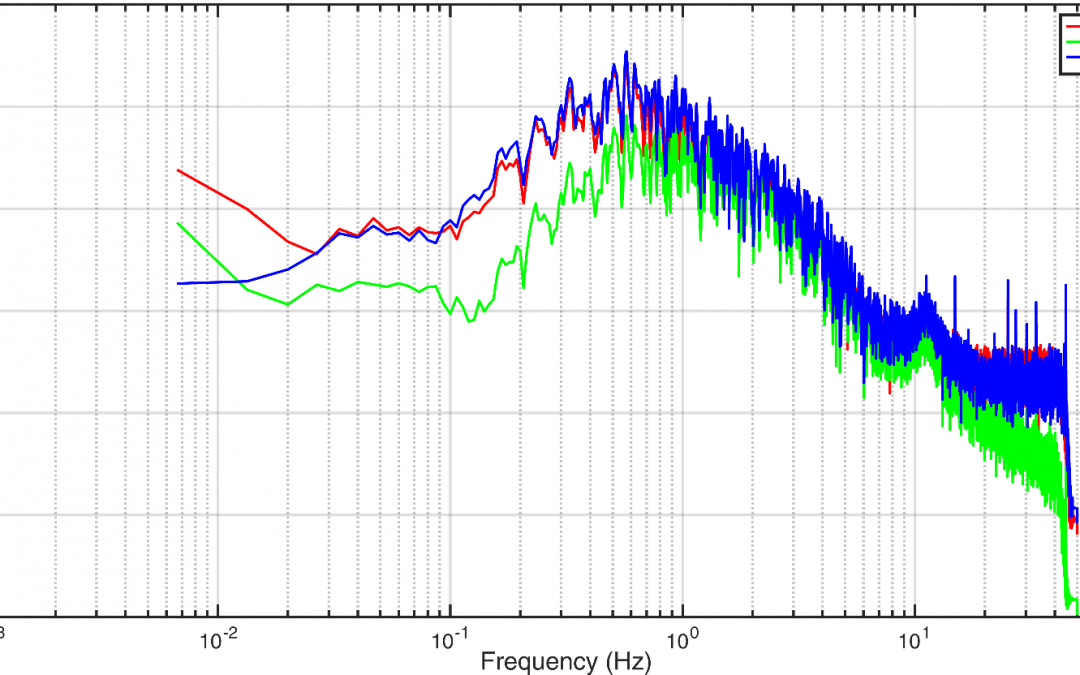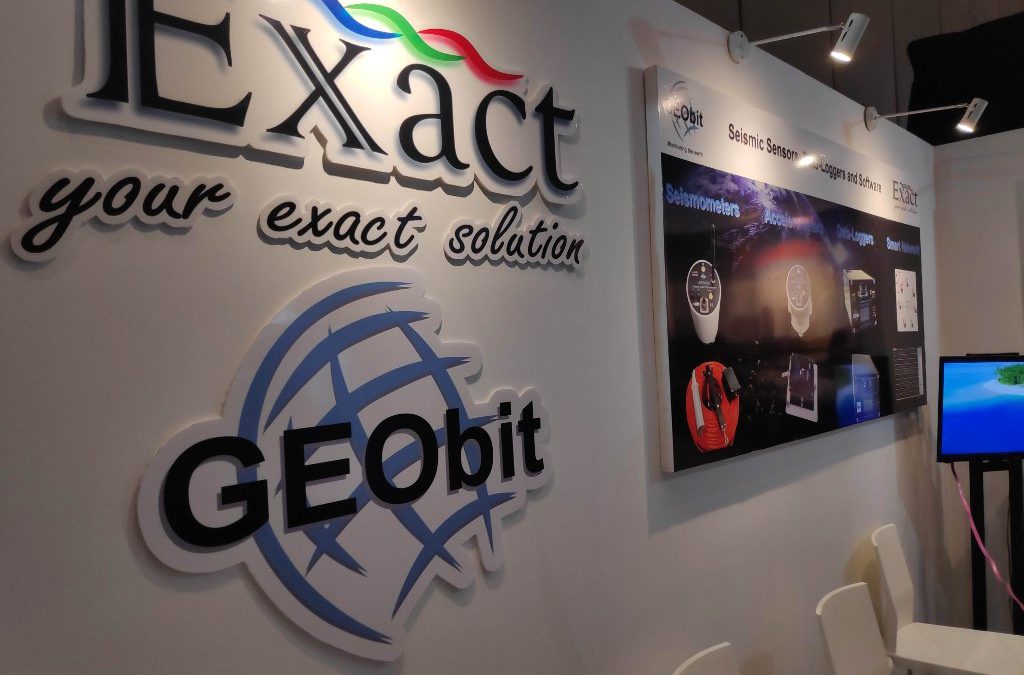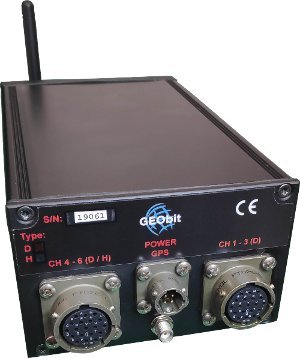
Geobit at AGU Fall Meeting 2020 as Virtual Supporter

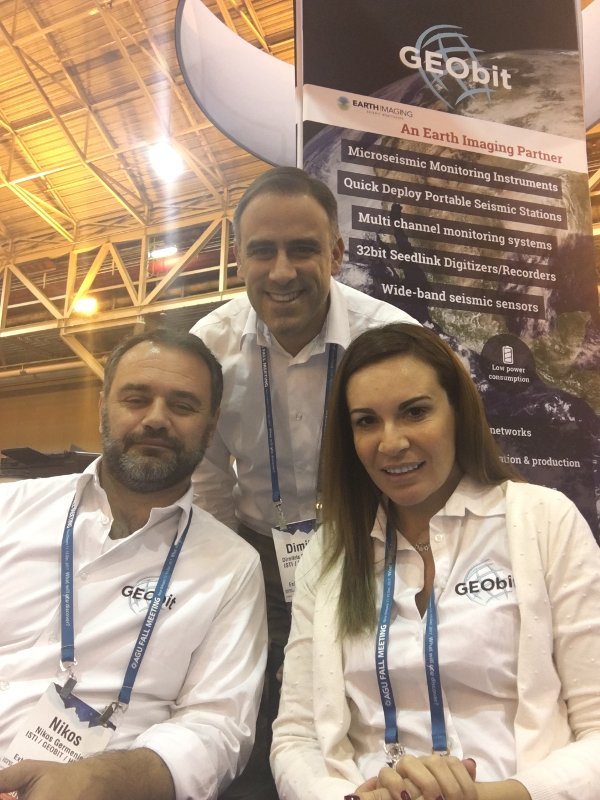
Geobit team in a previous AGU Fall Meeting
GEOBit & ISTI will be available virtually as AGU Supporters.
- Meet and Greet :
- Geobit staff 9am – 11pm EST, 7 – 11 Dec.
- ISTI staff 11 – 6pm EST, 7 – 11 Dec.
- Links to join each via Zoom TBA
- Beer Hour:
- Join us for a more casual meet and greet at the end of each day!
- 6pm EST, 7 – 11 Dec.
- Links to join via Zoom TBA
- Stay tuned for:
- what Geobit can do for you
- and interesting extras we’ll be offering.
- Want to reach us outside of the above hours?
- Contact us here.

GEOtiny Compact Digital Seismometer
GEObit & ISTI join together at the AGU 2020 Online Virtual meeting, 1 – 17 December 2020. We are a team providing a complete seismic monitoring solution.
With 65+ years of combined experience, GEObit and ISTI are joining forces to become the most competitive and fastest growing joint venture group in the seismic monitoring services industry.
Providing state-of-the-art seismic instruments, network design, installation techniques, data monitoring and processing services, our group is able to deliver a cost-effective total solution to the energy exploration & production industry, especially to the oil, gas and geothermal sector. Our key benefits are that we produce in-house hardware and software while installing and maintaining the microseismic monitoring network to ensure a high level of data quality and availability. In other words, we make the technology – we apply the technology – we offer the technology.
We have worldwide experience having installed and operated seismic networks all over the world, from Indonesia/Papua jungle to the Middle East desert, from Alaska glaciers to Himalayan Mountains. In the USA, we are currently running many dedicated microseismic monitoring projects with over 200 stations installed in the past 10 years.

Nick Germenis (Geobit) and Sid Hellman (ISTI) in a previous AGU Fall Meeting

GEOThree Datalogger with C100 sensor
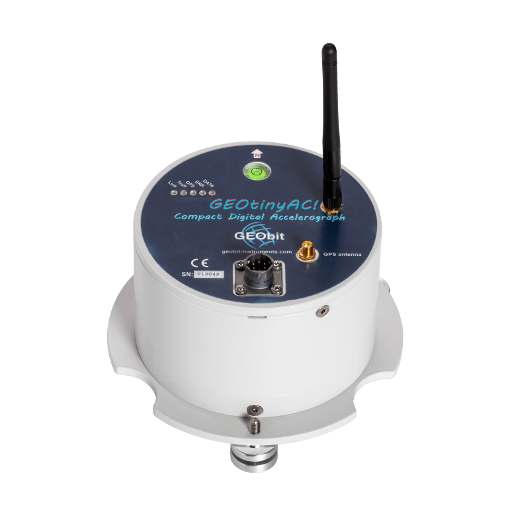
GEOtinyAC! Compact Digital Accelerograph
FREQUENTLY ASKED QUESTIONS ABOUT FALL MEETING 2020
As this will be the first virtual AGU Fall Meeting, the organizers issued some frequently asked questions in order to make our experience easier. Please read
GENERAL
Where is Fall Meeting 2020 being held?
The Fall Meeting will be available in AGU online platform. They have partnered with various audio-visual providers to ensure quality streaming.
What are the dates for Fall Meeting 2020?
Fall Meeting 2020 will be held from 1-17 December.
Is the meeting still scheduled?
The AGU Fall Meeting will be one of the world’s largest virtual scientific conferences, with exciting programming and events. To assist in minimizing scheduling conflicts, #AGU20 is scheduled from 1-17 December, excluding weekends. Most content will be prerecorded or available as posters for attendees to view and peruse outside of scheduled sessions during the meeting.
When does the online registration tool open to register for the early bird fees?
Early registration will open in mid-September and close 30 October.
What is the expected meeting attendance?
Approximately 27,000 attended the meeting in 2019. View more statistics on the Fall Meeting.
Do I have to be an AGU member to attend?
No, but AGU members, and those who are members of cooperating societies, who joined or renewed their membership for 2020 by 30 October 2020, will receive reduced registration rates.
How do I become an AGU member?
Join AGU or renew your membership: online, via email, or by phone at +1202.462.6900.
SESSIONS, SCIENTIFIC WORKSHOPS, TOWN HALLS, OR EVENTS
Where can I view the full scientific program?
The scientific program is available here.
Where can I find a schedule at a glance?
The overall meeting schedule at a glance can be found here.
When will session chairs be notified of their session schedule?
Session Chairs received email notification of their session schedule on 5 October.
What is the the role of the session chair?
Session chair guidelines can be located here.
Why are sessions numbered differently this year?
Since the Fall Meeting is taking place 1-17 December, excluding weekends. sessions are not numbered as they normally are at a face-to-face meeting.
ABSTRACTS AND GUIDELINES
When will authors be notified of their session schedule?
Presenting and first authors received email notification of their session schedule on 5 October.
Where can I find presenter guidelines?
Oral, poster and eLightning presenter resources and guidelines can found here.
Where do I upload my oral presentation or poster?
Oral presenters please refer to the presentation guidelines and you may upload your pre-recorded presentation and overview slides (PDF) via the Participant’s Corner.
eLightning session presenters please refer to the guidelines for creating your virtual poster and login here to create your poster.
Poster presenters please refer to the guidelines for creating your virtual poster and login here to create your poster.
eLIGHTNING
Where can I find presenter guidelines and resources?
eLightning presenter guidelines can found here.
Where do I upload my eLightning presentation?
eLightning session presenters please refer to the guidelines for creating your virtual poster and login here to create your poster.
What if I don’t want to make my eLightning presentation permanently available in the library?
All eLightning presentations will be available for view in the Fall Meeting poster gallery. There will be an opt-out for any presenter who does not want their presentation to be available after the meeting. This library will be available to registered meeting attendees until mid-January. AGU is also investigating the various options for archiving eLightning presentations.
Is the eLightning library open access?
The virtual posters will be available to registered meeting attendees only.
Why is this named eLightning?
In 2016, AGU piloted a Lightning Poster Session format that allowed poster sessions to have a set time, outside of their designated time in the poster hall and in a separate room, for their presenters to give lightning presentations of their posters. This experiment was intended to encourage discussion, enable presenters in the same session to see each other present, and increase visibility of the posters. The current session format is built on the progress made and lessons learned from Lightning Poster Sessions, hence the Lightning in eLightning. We are adding additional value by providing more of an electronic ability, hence the e in eLightning. We also wanted to make sure that it wouldn’t be confused with our long-running ePoster program, where poster presenters are able to upload a static PDF copy of their poster to the online scientific program, so the word poster wasn’t included in the name.
TECHNOLOGY
Will you offer a mobile app this year?
No, there will not be a native application for Fall Meeting 2020.
HOTEL AND TRAVEL
How do I apply for a virtual student travel grant?
The online student travel grant application process opens in mid-June and closes in August. Learn more about the various grants offered to offset the costs of participating virtually.
When can I reserve my hotel room?
AGU will not provide housing for Fall Meeting 2020. If circumstances change and we are able to host a small regional meeting, we will provide an update via our various marketing platforms.
Does AGU offer travel discounts?
AGU will not offer any travel discounts for Fall Meeting 2020.





